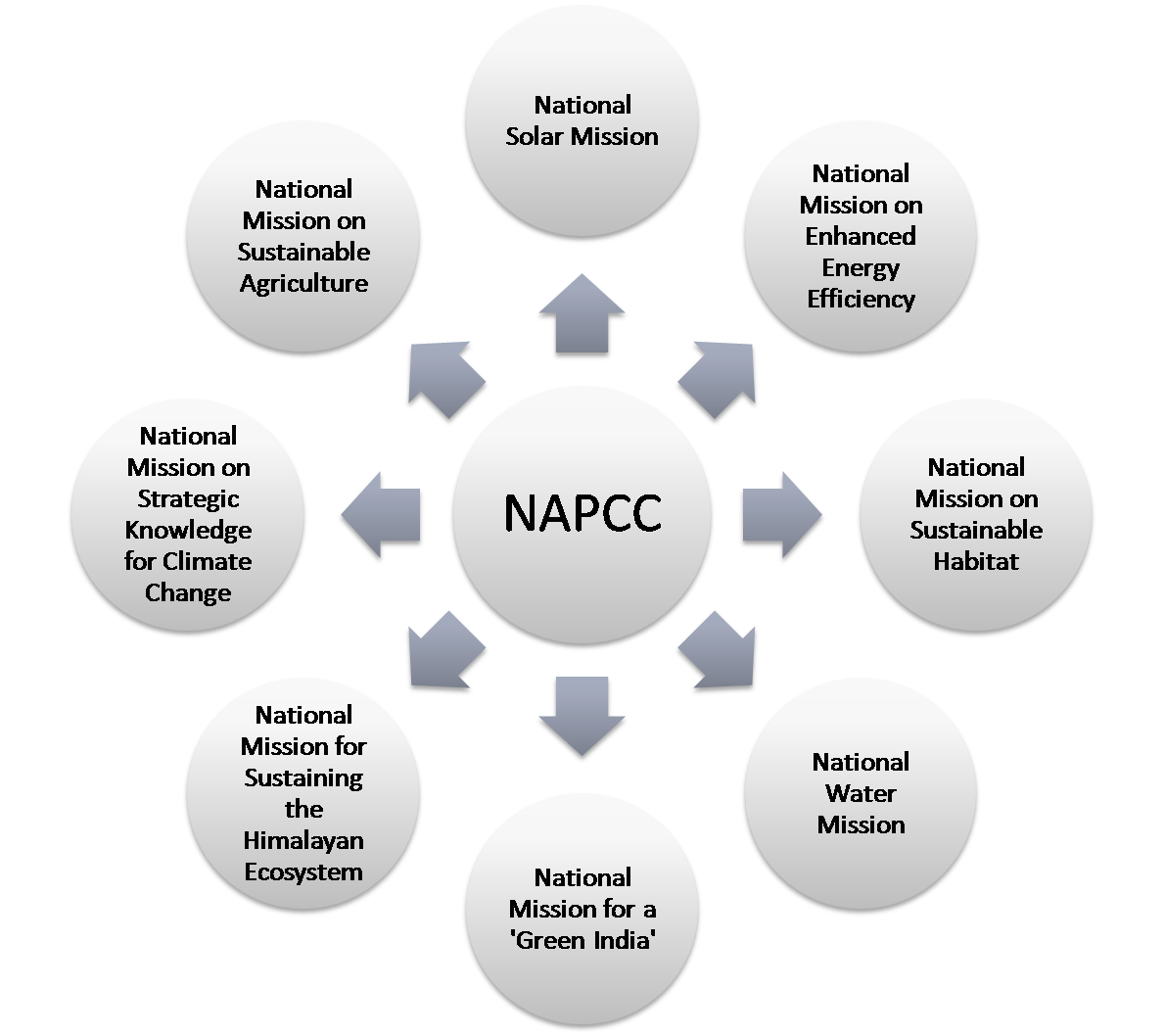EIA Reporting: Required stages for mining projects seeking environmental clearance
There are certain stages for obtaining Environmental Clearance for any project. These stages may be different for different project activities. The process of obtaining Environmental Clearance (EC) for the mining project involve following stages:
- Submission of application along with Form-I, Pre-feasibility report and other necessary documents to Ministry of Environment and Forest (MoEF) or State Environmental Appraisal Committee (SEAC).
- Presentation of Terms of Reference (TOR) to MoEF or SEAC.
- Obtaining TOR from MoEF or SEAC.
- Collection of baseline data and generation of primary and secondary data.
- Preparation & submission of Draft Environmental Impact Assessment (EIA)/ Environmental Management Plan (EMP).
- Public Hearing.
- Preparation of revised EIA/EMP (as per comment of Public Hearing)
- Preparation & submission of Final EIA to MoEF or SEAC.
- Final presentation to MoEF or SEAC.
- Obtaining Environmental Clearance.
In brief;
- Submission of application along with Form-I, Pre-feasibility report (PFR) and other necessary documents to Ministry of Environment and Forest (MoEF) or State Environmental Appraisal Committee (SEAC).
The beginning of any project seeking environmental clearance starts with the filling of Form-I and Pre feasibility Report. There is a prescribed format of Form-I and PFR given on MoEF website. Filled application form (Form-I) along with PFR needs to be submitted at MoEF
- Presentation of Terms of Reference (TOR) to MoEF or SEAC.
After submission of Form-I and PFR, if the committee members find the feasibility of the project then they call the proponent for the TOR presentation. Either the lessee or an authorized person from the company must attend the presentation with all the documents and presentation copies or the consultant has to provide these things. TOR presentation is done in front of the various committee members.
- Obtaining TOR from MoEF or SEAC.
If the committee members think that the project is feasible then they give the TOR points on the basis of which an EIA report will be prepared.
- Collection of baseline data and generation of primary and secondary data.
This is one of the basic but necessary point involve in every TOR. The baseline data will be collected for one full season (Non-monsoon). The secondary data are also collected for the particular area.
- Preparation & submission of Draft Environmental Impact Assessment (EIA)/ Environmental Management Plan (EMP)
There is a prescribed generic structure of filling of a draft EIA report. There are 12 chapters included in any EIA report. The draft EIA report will be prepared after getting all the necessary details. These reports will be submitted to the respective Pollution Control Board of the respective city for the public hearing.
- Public Hearing
Public hearing is required to be done for involvement of local people to know whether they want the project activity to be executed or not. An executive summary in English as well as in the regional language is to be prepared along with the EIA report to be distributed among the local people of the respective area. Advertisement for the public hearing is given by the Pollution Control Board in the local newspapers. On the day of public hearing any local personnel can ask any question to the proponent of the project.
- Preparation of revised EIA/EMP (as per comment of Public Hearing)
On the basis of the comments raised in the public hearing the draft EIA is revised again with the inclusion of the comments.
- Preparation & submission of Final EIA to MoEF or SEAC
The duly completed report can be refer as a Final EIA report. Further it has to be submitted to the MoEF or SEAC.
- Final presentation to MoEF or SEAC
There is a presentation of the EC in front of the committee members. Final presentation has to deliver in front of the committee members.
- Obtaining Environmental Clearance
If the committee members conclude that the project activity is feasible and there will be no negative impact due to this activity on the environment, then they will grant environmental clearance to the project proponent. They may give certain suggestions to take into consideration by the proponent.
Know more about Mandatory EIA reporting: Sectors for which EIA is required to be done
Reference: Mr. Abhaya Garg




your analisis is very good
very good and useful